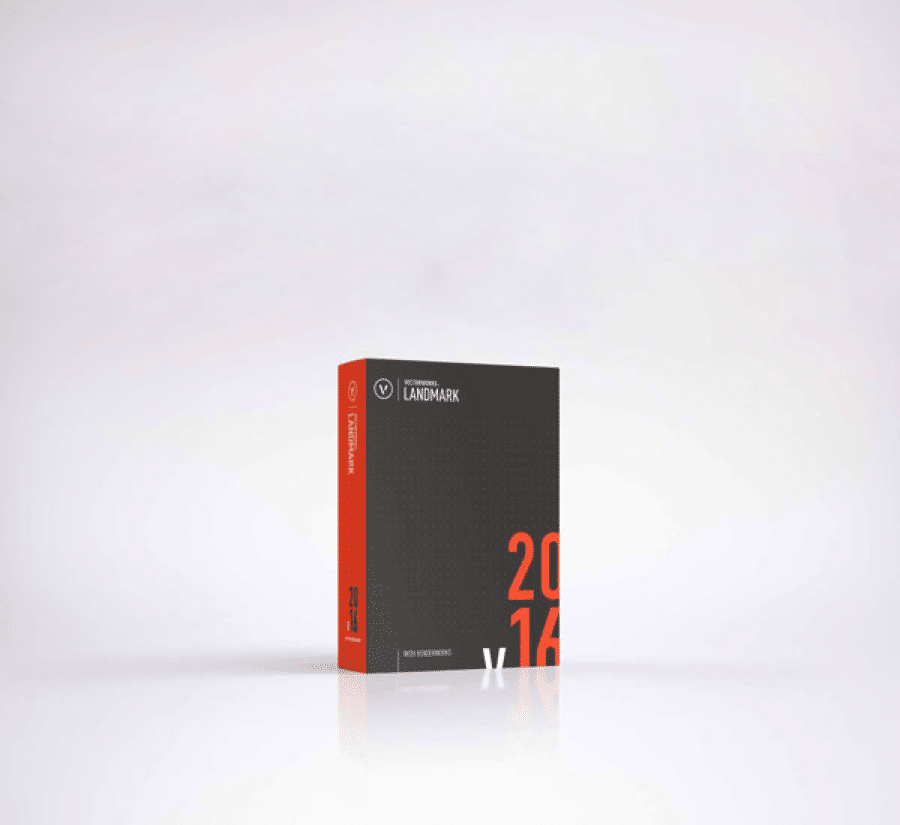
Sarkar, who has been with Vectorworks for the past 16 years, started as a manager of geometry and rendering before diligently working his way to the top. He presented his values and goals to keep tradition within the company while continuing to constantly push the boundaries of what can be accomplished in design software. Photo: Courtesy of Vectorworks, Inc.
The conference hall pulsed with energy from the many design professionals flooding in at Chicago’s Fairmont hotel as the attendees of the second annual Vectorworks Design Summit, held at the end of April, settled in for the first keynote. At the gathering, Vectorworks, a leading global provider of cross-platform CAD and BIM design software, announced a sampling of the software suite’s upcoming features for 2017 and beyond. Additionally, the conference gave an opportunity to introduce the company’s new CEO, Dr. Biplab Sarkar.
The keynote opened with former CEO Sean Flaherty, who spoke of Vectorworks’ ingenuity and forward-thinking developments, comparing these qualities to the newly appointed CEO. Sarkar, who has been with Vectorworks for the past 16 years, started as a manager of geometry and rendering before diligently working his way to the top. He presented his values and goals to keep tradition within the company while continuing to constantly push the boundaries of what can be accomplished in design software. His inspiration, he says, is the company’s customers.
gb&d managing editor Amanda Koellner sat down with him at this year’s Design Summit to talk about the future of Vectorworks and Sarkar’s goals as CEO.
gb&d: Which of the new features that you talked about today are you most excited about for the coming year?
Sarkar: The most exciting feature in my mind is the virtual reality export. If you have rendered a scene in Vectorworks and then you export it, you can just click on the link, and it’ll open up on your phone, your iPad, or any other device. It will open in a browser like Google Chrome, or any other browser for that matter. You’d be able to walk through or fly over; you can even export a stereoscopic view, which you can then see in a device like Google Cardboard and things of that nature. And you’ll be able to be immersed and digitally walk through.
gb&d: Seems great for your customers.
Sarkar: That is our mission. In a few years from now, a larger percentage of architects will present to their clients with virtual reality. I think that our progression is virtual reality, and then we’ll have augmented reality and mixed reality. You’ll be able to grab things in the virtual world.
gb&d: What else do you see for Vectorworks in 5 years, 10 years, 15 years? How do you see future technologies playing into your specific business?
Sarkar: These are all good—these visualizations, visual augmentations—but I think the main push that I see happening is the analytics part of it. We showed an example this morning where we have a graph of all of our analytics tools: how many people are using them and how often they are accessing the tools. You can create a workspace that contains only the most used tools and get rid of all the features that might not be used by that customer. It leads to a simplification of your workspace. It’s like what Google does by storing your data and using it to show you related links. It’s the same here. You use the software, and it will learn and change your workspace. That, I think, is the next train coming—machine learning. It will adapt and learn, and the next time you start Vectorworks, it will invoke that tool for you. Analytics and machine learning will merge, and then everything will be more automated.
gb&d: Well, at least we’re aware of it! Switching gears, what do you feel Vectorworks is already doing to facilitate sustainability and design, and what do you hope to see more of along the lines of green?
Sarkar: Last year, we developed a feature for energy analysis built inside Vectorworks, with our feature set called Energos. You just provide your location, you create the shell of the building, and it will run the possible analysis for potential energy consumption and show you how to design it better. That is one of the areas we are trying to build upon.
We are also developing a new irrigation feature. It makes for much better water management. For example, imagine that you want to design a golf course or a soccer field, and you want to design your water lines in such a way that it reduces your water consumption and also keeps the flow powerful enough to water everything. The program can help you maximize your water efficiency. We still have more we can do, and we will. Sustainability has a lot of different things like the construction of buildings and the materials you are using, what your carbon footprint is for bringing the materials, for example. I think this is the next direction we want to go with our sustainable design tools. I think we are still a couple of years away.

Photos: Courtesy of Vectorworks, Inc.
Download a PDF of this story here.
Connect with Vectorworks: Website | Facebook | Twitter


